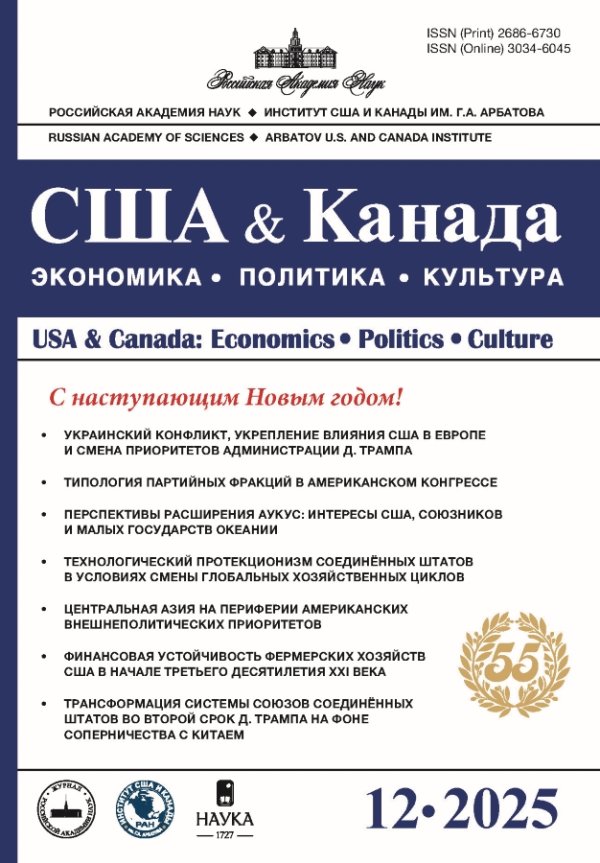Banks as existential but uncontested Evil of the world economy (about the 2022 Nobel prize in economics)
- Authors: Vasiliev V.S.1
-
Affiliations:
- Georgy Arbatov U.S. and Canada Institute Russian Academy of Sciences (ISKRAN)
- Issue: No 3 (2023)
- Pages: 14-33
- Section: Articles
- URL: https://journals.rcsi.science/2686-6730/article/view/144790
- DOI: https://doi.org/10.31857/S2686673023030021
- EDN: https://elibrary.ru/HAOWDK
- ID: 144790
Cite item
Full Text
Abstract
About the authors
Vladimir S. Vasiliev
Georgy Arbatov U.S. and Canada Institute Russian Academy of Sciences (ISKRAN)
Email: vsvasiliev@mail.ru
Moscow, Russian Federation
References
- Васильев В.С. Пирамида федерального долга и рекордные бюджетные дефициты как угроза национальной безопасности США. Международная экономика, 2022, № 11. doi: 10.33920/vne-04-2211-04
- Bernanke, B. Nonmonetary Effects of the Financial Crisis in the Propagation of the Great Depression. The American Economic Review, June 1983, pp. 257-276.
- Bernanke, B. The macroeconomics of the Great Depression: A comparative approach. Journal of Money, Credit and Banking, February 1995, pp. 1-28.
- Caldwell, J. and O'Driscoll, T. What Caused the Great Depression? Social Education, March 2007, pp 70-74.
- Clarida, R., Gali, J. and Gertler M. Monetary Policy Rules and Macroeconomic Stability: Evidence and Some Theory. The Quarterly Journal of Economics, February 2000, pp. 147-180.
- Diamond, D. and Dybvig, Ph. Bank runs, deposit insurance, and liquidity. Journal of Political Economy, June 1983, pp. 401-419.
- Diamond, D. Financial Intermediation and Delegated Monitoring. The Review of Economic Studies, July 1984, pp. 393-414.
- Diamond, D. Banks and Liquidity Creation: A Simple Exposition of the Diamond-Dybvig Model. Economic Quarterly, Spring 2007, pp. 189-200.
- Dumẻnil, G., Glick, M. and Rangel, J. Theories of the Great Depression: Why Did Profitability Matter? Review of Radical Political Economy, Summer 1987, pp. 16-42.
- Friedman, M. and Jacobson Schwartz, A. Monetary History of the United States, 1867-1960. Princeton: Princeton University Press, 1963, xxiv + 860 pp.
- Taylor, J. Discretion versus Policy Rules in Practice. - "Carnegie-Rochester Conference Series on Public Policy". December 1993, pp. 195-214.
Supplementary files










